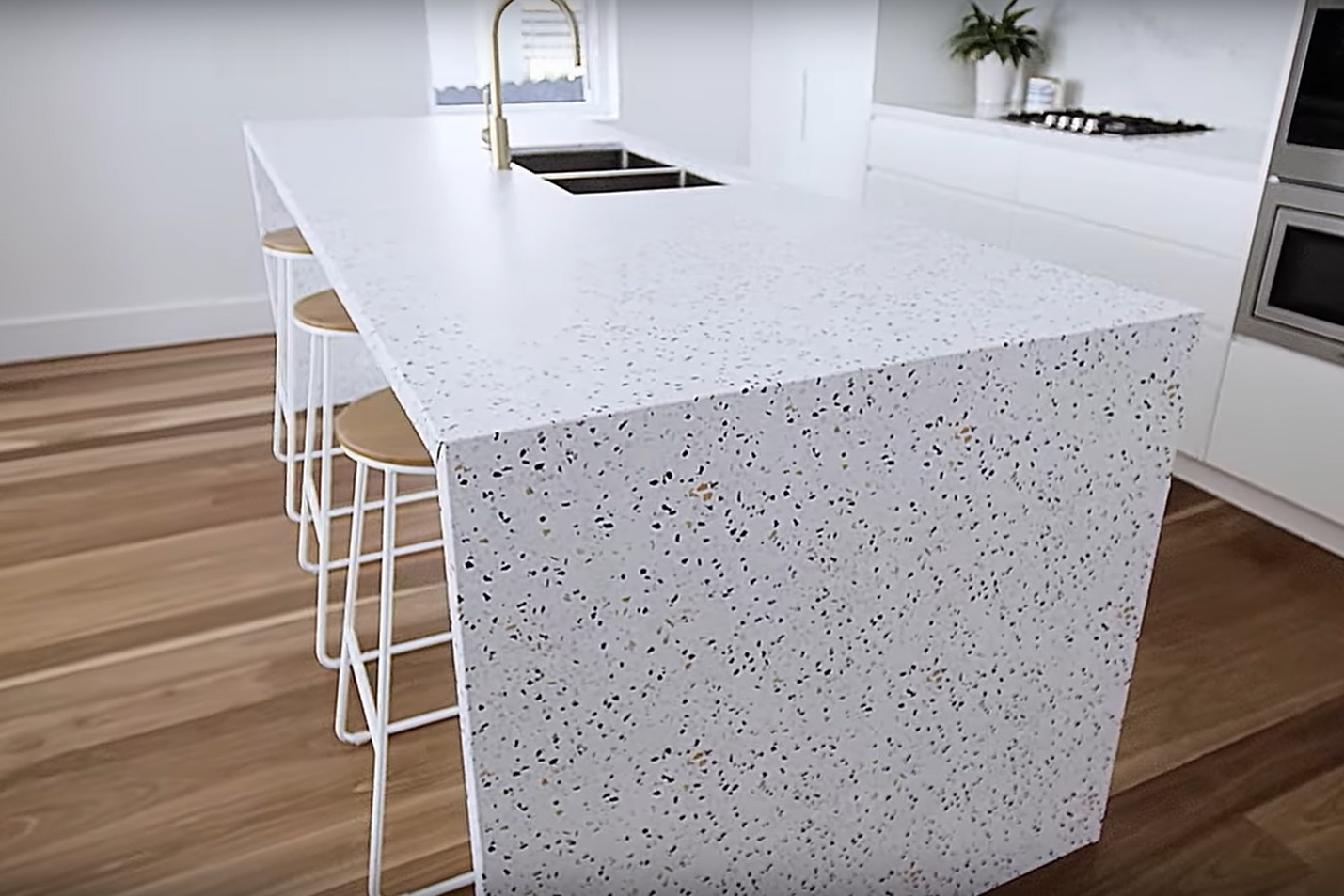In January 2024 there were no known reported cases of silicosis attributed to artificial stone. By March there were three. Now there are eight.
More cases are expected to emerge as awareness of the issue grows.
The outbreak of silicosis due to engineered/artificial stone has been reported elsewhere in the world but had not been reported in the UK until now. Today, a paper in the BMJ journal Thorax, confirms that there are now eight cases in the UK, all similar to others reported from abroad, where workers develop a more severe and progressive form of silicosis. Silicosis can be a deadly condition for which there is currently no cure.
In the UK silicosis attributed to artificial stone AS has been identified in eight men with median age 34 years (range 27 to 56) at time of diagnosis; six of them were born outside the UK; and seven were current or previous smokers. All initially presented with respiratory symptoms but, for some, this was attributed to causes—including sarcoidosis—other than silicosis.
Problems with engineered stone come with cutting and shaping it, and the sharp crystalline silica dust particles that are generated. There is no danger once it is fitted. Australia has introduced a ban on the material. Some would like the UK to follow suit.
The current position of the Health & Safety Executive is that there is already perfectly good legislation regulating the use of the material to ensure workers are kept safe. If you do as we tell you, the HSE says, then you’ll be fine.
In a debate on the safety of engineered stone back in January this year, Lord Younger, then a junior minister in the Department for Work & Pensions told parliament that a UK ban was not being considered. He said: “The HSE is not currently considering restricting the use of engineered stone. The Control of Substances Hazardous to Health Regulations already require employers to put in place measures to prevent workers being exposed to respirable crystalline silica. This includes adequate controls ensuring compliance with the workplace exposure limit and health surveillance identifying potential ill health. HSE keeps requirements for reporting occupational diseases under review and is not currently making silicosis reportable.”
The eight worktop silicosis cases identified in the UK to date, however, represent the vulnerability of migrant workers. All the patients worked for companies with fewer than 10 employees. Even where workshop ventilation was present, the system had not been serviced or cleaned regularly. None of the workers were aware of any airborne dust monitoring in their workplace.
The paper’s lead author is Dr Johanna Feary, a consultant in occupational lung disease at Royal Brompton Hospital and senior clinical research fellow at the National Heart and Lung Institute at Imperial College London. She said: “The emergence of these cases of artificial stone silicosis in the UK is of real concern. It is affecting young men many of whom have only worked for a few years with this material. There is no good treatment and the implications of a diagnosis can be devastating. The UK needs to learn from the experience in other countries and to act quickly to minimise the number of deaths in the months and years to come.”
Law firm Leigh Day represents some of the men suffering with artificial stone (AS) silicosis. Ewan Tant, partner at Leigh Day, said: “This new report is deeply troubling but sadly not a surprise to our team which represents a growing number of stone workers who have contracted silicosis after cutting engineered stone. These young workers, often in their 20s and 30s, have in the worst cases lost their lives or been left unable to breathe without oxygen therapy and are facing the prospect of a lung transplant.
“It is essential there is better awareness of the dangers of engineered stone, proper protection for those working with it, adherence to safety regulations and ensuring the HSE have the resources to deal with employers who continue with poor practices. Without such urgent measures, we fear we may be on the threshold of a significant increase in cases of silicosis related to engineered stone that will only continue to get worse.”

